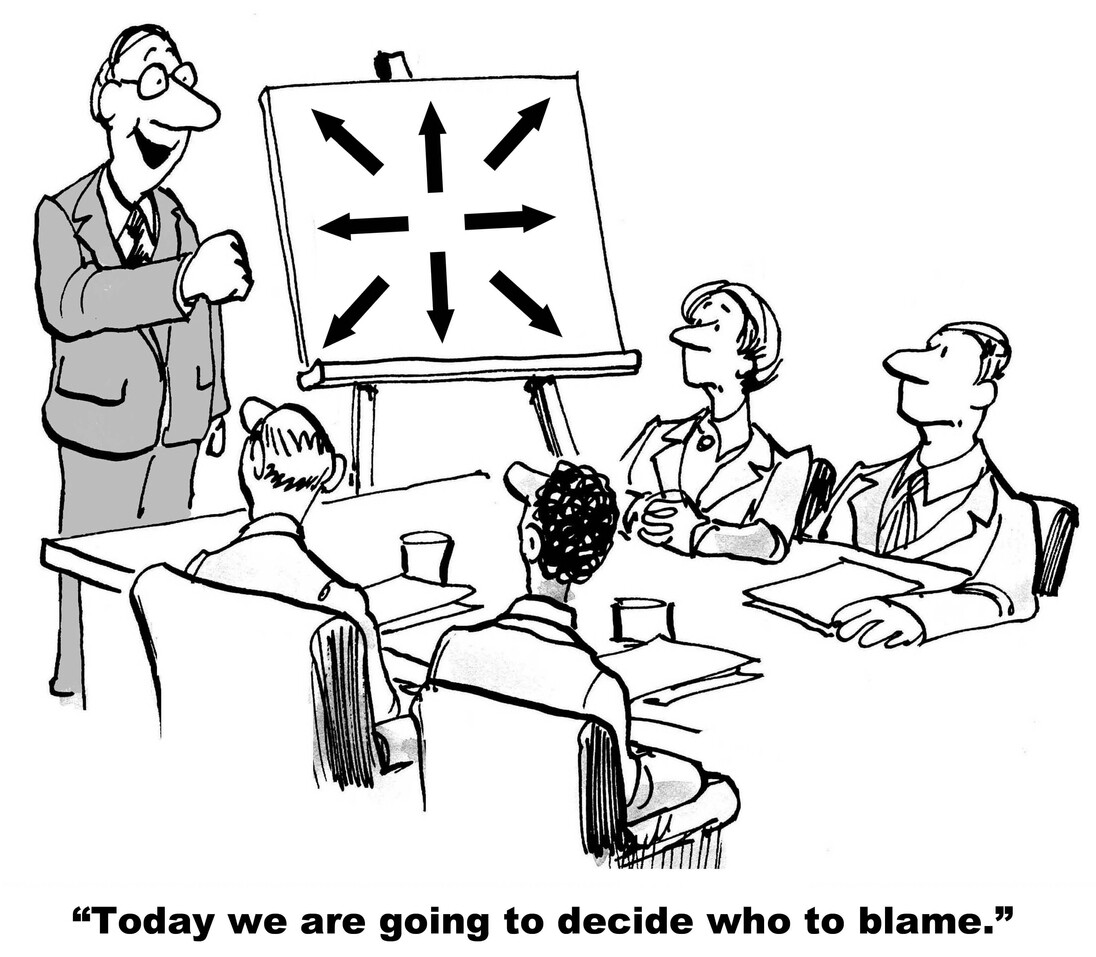Odds are, when you first started your business you probably didn’t give marketing messages too much thought. At best, the content for your first website was probably a cobbled-together adaptation of some things your developer said the product did and some of the slides someone hastily put together for your pitch deck. Hey, it was a milestone for you; and it was what your business needed at the time. No judgment!
What about now, though? That website that was good enough at the time probably never met your expectations, and now it’s starting to feel a little embarrassing. You know that if you want to see continued growth, then it’s time to fix your marketing message. After all, it should be a key element in your overall branding strategy — and it’s one of the most subtle, yet profound ways to shape your customers’ perception of your company.
Instinctively, you know your messaging isn’t where it needs to be, but why? With that in mind, let’s talk about the number #1 mistake that most people make when it comes to messaging, and how you can fix a marketing message that sucks.
The Biggest No-No in Marketing
The number #1 crime committed in marketing materials is (drum roll, please)…talking about yourself.
“Now wait a minute,” you may say, “isn’t that the entire point of marketing to promote my product, and my brand?” Ultimately, yes. However, if you really want to engage prospects, you have to stop bombarding them with marketing materials developed from your perspective and give them a message that talks about the difficulties they face in their daily work.
Businesses that claim to be “customer-centric” yet only talk about themselves (why their product is the best, their founding story, how many years they’ve been in business, etc.) hurt themselves in a couple of ways:
- They sound like they do not know enough about their customers’ needs to build a product that actually solves the problems they face.
- Potential customers leave the site without looking back because there simply isn’t a clear line from the problem your customer is facing to the list of functions you’ve provided.
- You’re not making them feel more comfortable, nor are you helping to address the fears that they have of change and the unknown.
Here’s an example of what we’re talking about:
- Company-centric message: “Our world-class engineering team designed our product set to be both usable and flexible.”
- Customer-centric message: “It takes 10 minutes, tops, to learn our product.”
The difference is obvious, right? The first message is totally from the company’s point of view. The thing is, most customers don’t care how good your engineering team is, or the methods they used to design the product. The customer just wants to know if the product is easy to use so that they’ll actually be able to learn how to use it — the second message takes that fear into account.
How to Develop a Customer-Centric Marketing Message
Okay, now that we’ve gotten the #1 marketing crime out of the way, let’s talk about how to fix a crappy marketing message so that it’s more customer-centric. Here are some steps to take:
1. Identify Your Target Audience
Simply put, you need to figure out which customers like your product best, and are most likely to buy from you. These “high-value customers” are the people you should be writing for. If you’re not sure what they look like, then you probably need to develop at least two or three buyer personas to get you on the right track.
2. Approach Everything from the Customer’s Perspective
Once you’ve narrowed down your target audience, you need to generate copy that really takes up their point of view. For example, think of the answers to these questions as you develop your new message:
- Why did these customers buy from you instead of a competitor?
- What was it about your solution that they found most valuable?
- What hidden benefits did they receive that they didn’t realize they were going to get from your product?
- How would they describe your product to one of their friends?
It’s fairly evident that these and other questions can inform all aspects of your marketing message — your main points, your verbiage, even your tone.
3. Talk to an Actual Customer
Okay, you’ve identified your target audience, and you’ve generated a new marketing message. Now it’s time to deliver it to your consumer base. As you roll it out, never underestimate the positive impact that customer feedback can have on your copy. In fact, you should proactively seek out such feedback! Ask them specific questions during your interaction to elicit information about their wants, needs, and priorities.
- Find out which customers love your product best. They will form your target audience moving forward. For B2B software companies, this approach increases sales and lead conversion because it allows you to focus your efforts on converting ready prospects who need your products. It also allows you to get repeat customers and cultivate brand loyalty.
- Ask your customers why they chose to buy from you and not from your competitor. If you know what you do well and uniquely, you can capitalize on that information and focus on improving your product or service delivery in the future.
- Ask them what exactly they find most valuable in your product, service, or solution. Again, this adds to your awareness about your product appeal and lets you exploit that knowledge for your gain.
- Ask them what hidden benefits your product offers them that they did not know about when they bought it. You make products to appeal to customers, solve their needs, and meet their wants. You should identify any added benefit that your product provides and focus on either improving or maintaining it as is.
- Ask them how and if they would describe your product to peers to understand how to speak in their language. For instance, if you design products used in the tech community, it helps to know the terminology and language they speak, their values, and how to approach them with a targeted marketing or sales pitch.
- Whenever you respond to what prospects want, need, or value as essential, you can present your products as a perfect match.
4. Consider How You’ll Deploy the Message
Last but not least, you need to make sure that your target customers are receiving your message – so you may need to distribute it across multiple channels. You have come up with the right marketing messaging that you believe will help your marketing department attract leads. You now need to find the right ways to deploy it to your prospective buyers.
You need to your new messaging on your website, which acts almost like a salesperson. However, it would be best to find other channels for your messaging, such as industry media outlets and publications, professional social networks, trade associations, email marketing, cold pitching phone calls, etc.
If you do not have any dedicated channels for marketing your products or services, find out what it takes to create and launch one or more depending on your target audience and marketing strategy.
There you have it: what to do when your marketing message sucks. It’s easier said than done; but with the right foundation, you’ll be able to craft a killer message, and keep your business growing. If it sounds l ike too much work, we’re always here to provide guidance and help you through the process. Contact us today to learn more.






